Grow Basil Indoors Easily? Absolutely! Imagine stepping into your kitchen and snipping fresh, fragrant basil leaves right from your windowsill, ready to elevate your pasta sauce, brighten your salad, or infuse your favorite tea. No more sad, wilted herbs from the grocery store – just vibrant, homegrown goodness at your fingertips.
For centuries, basil has been cherished not only for its culinary prowess but also for its symbolic significance. In some cultures, it represents love and good wishes, making it a delightful addition to any home. But let’s be honest, sometimes keeping those delicate basil plants alive can feel like a Herculean task, especially indoors.
That’s where this DIY guide comes in! I’m going to share some simple, yet incredibly effective, tricks and hacks that will empower you to grow basil indoors easily, regardless of your experience level. Whether you’re a seasoned gardener or a complete newbie, these tips will help you create the perfect environment for your basil to thrive. We’ll cover everything from choosing the right pot and soil to mastering the art of watering and lighting. Get ready to transform your indoor space into a fragrant, flourishing basil haven!
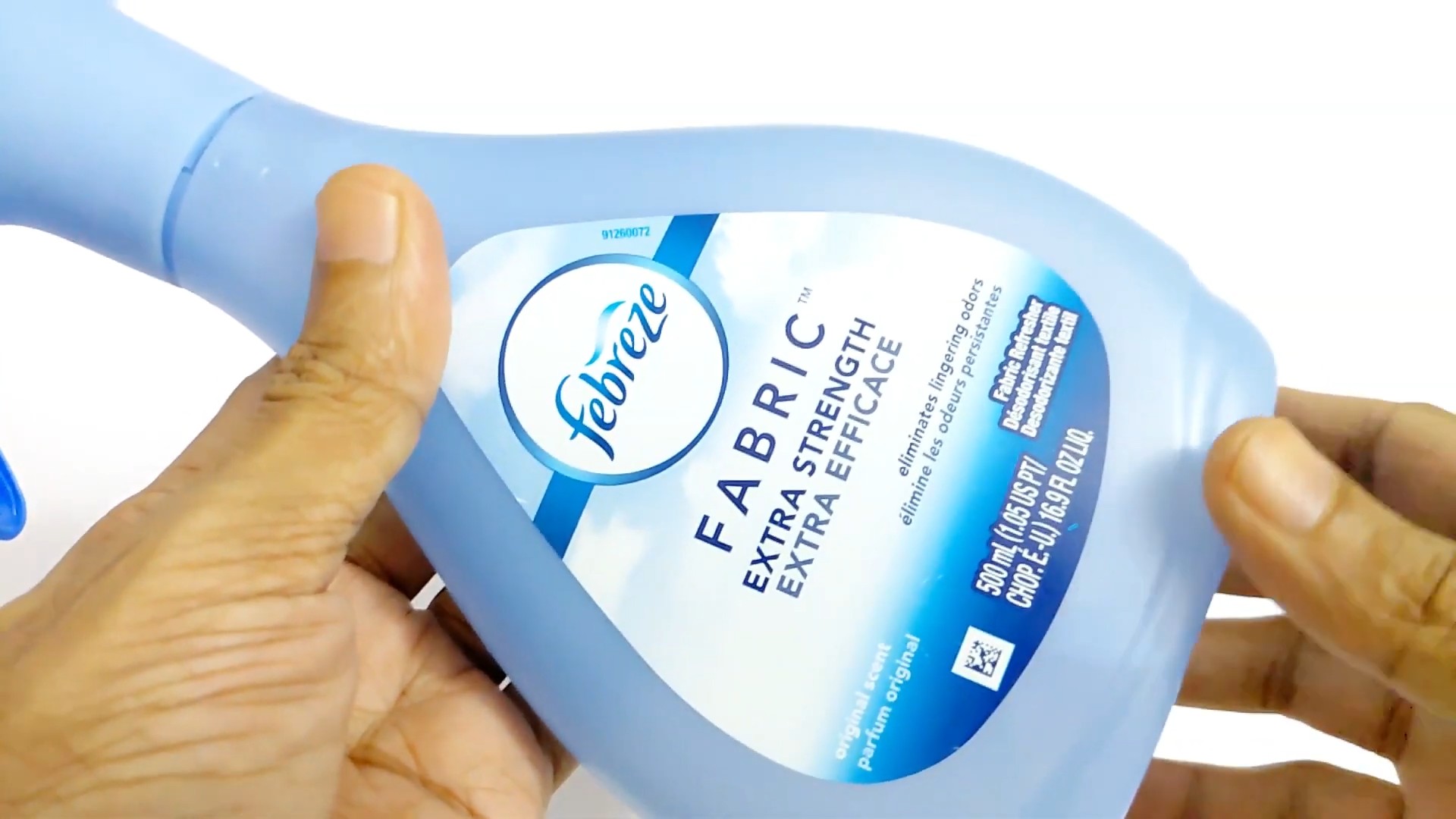
Grow Basil Indoors Easily: A Step-by-Step Guide
Hey there, fellow plant enthusiasts! Ever dreamt of having fresh, fragrant basil right at your fingertips, no matter the season? Well, you’re in luck! Growing basil indoors is surprisingly easy, and I’m here to walk you through every step of the process. Get ready to enjoy pesto, caprese salads, and all sorts of delicious dishes with your homegrown basil!
Choosing the Right Basil Variety
First things first, let’s talk basil varieties. While most basil types will grow indoors, some are better suited than others. Here are a few of my favorites:
* Genovese Basil: This is the classic basil you probably think of when you hear the word “basil.” It has large, flavorful leaves and is perfect for pesto.
* Dwarf Basil: If you’re short on space, dwarf basil is a great option. It stays compact and bushy, making it ideal for smaller pots.
* Thai Basil: With its slightly anise-like flavor, Thai basil adds a unique twist to Asian-inspired dishes. It’s also quite attractive with its purple stems and flowers.
* Lemon Basil: As the name suggests, lemon basil has a refreshing citrusy aroma and flavor. It’s delicious in salads, teas, and even desserts.
Gathering Your Supplies
Before we dive into the planting process, let’s make sure you have everything you need. Here’s a checklist:
* Basil Seeds or Seedlings: You can start from seeds or purchase seedlings from a local nursery. I personally prefer starting from seeds, as it’s more rewarding and cost-effective.
* Potting Mix: Use a high-quality, well-draining potting mix. Avoid using garden soil, as it can become compacted and doesn’t provide adequate drainage.
* Pot: Choose a pot that’s at least 6 inches in diameter and has drainage holes. Basil needs good drainage to prevent root rot.
* Grow Lights (Optional but Recommended): While basil can grow indoors with natural light, grow lights will ensure consistent growth and prevent leggy plants, especially during the winter months.
* Watering Can or Spray Bottle: For watering your basil plants.
* Small Shovel or Trowel: For planting seeds or seedlings.
* Seed Starting Tray (If starting from seeds): This will help you germinate the seeds before transplanting them into the pot.
* Fertilizer: A balanced liquid fertilizer will help your basil plants thrive.
Planting Your Basil
Now for the fun part – planting! Whether you’re starting from seeds or seedlings, the process is relatively straightforward.
Starting from Seeds
1. Prepare the Seed Starting Tray: Fill the seed starting tray with potting mix, leaving about half an inch of space at the top. Moisten the soil gently with a spray bottle.
2. Sow the Seeds: Sprinkle a few basil seeds into each cell of the seed starting tray. Don’t overcrowd them, as this can lead to weak seedlings. Gently press the seeds into the soil.
3. Cover the Seeds: Lightly cover the seeds with a thin layer of potting mix.
4. Water Gently: Water the seeds gently with a spray bottle to avoid disturbing them.
5. Provide Warmth and Light: Place the seed starting tray in a warm location, such as a sunny windowsill or under grow lights. Basil seeds need warmth to germinate.
6. Keep the Soil Moist: Keep the soil consistently moist, but not soggy. Check the soil daily and water as needed.
7. Wait for Germination: Basil seeds typically germinate within 5-10 days.
8. Thin the Seedlings: Once the seedlings have developed a few sets of true leaves (the leaves that look like basil leaves, not the initial seed leaves), thin them out, leaving only the strongest seedling in each cell.
9. Transplant the Seedlings: When the seedlings are about 2-3 inches tall, they’re ready to be transplanted into their permanent pot.
Starting from Seedlings
1. Prepare the Pot: Fill the pot with potting mix, leaving about an inch of space at the top.
2. Make a Hole: Dig a hole in the center of the pot that’s large enough to accommodate the seedling’s root ball.
3. Remove the Seedling: Gently remove the seedling from its container, being careful not to damage the roots. If the roots are tightly bound, gently loosen them with your fingers.
4. Place the Seedling: Place the seedling in the hole and gently backfill with potting mix.
5. Water Thoroughly: Water the seedling thoroughly until water drains out of the drainage holes.
Caring for Your Basil Plants
Once your basil plants are established, it’s important to provide them with the right care to ensure they thrive.
1. Light: Basil needs at least 6-8 hours of sunlight per day. If you don’t have a sunny windowsill, use grow lights to supplement the natural light. Place the grow lights about 6-12 inches above the plants.
2. Watering: Water your basil plants regularly, keeping the soil consistently moist but not soggy. Check the soil moisture by sticking your finger into the soil. If the top inch of soil feels dry, it’s time to water. Avoid overwatering, as this can lead to root rot.
3. Temperature: Basil prefers temperatures between 65-80°F (18-27°C). Avoid placing your basil plants near drafts or cold windows.
4. Fertilizing: Fertilize your basil plants every 2-4 weeks with a balanced liquid fertilizer. Follow the instructions on the fertilizer label.
5. Pruning: Pruning is essential for keeping your basil plants bushy and productive. Pinch off the top sets of leaves regularly to encourage branching. When the plant starts to develop flower buds, pinch them off to prevent the plant from going to seed. Once basil flowers, the leaves become bitter.
6. Pest Control: Keep an eye out for pests such as aphids, spider mites, and whiteflies. If you notice any pests, treat them with insecticidal soap or neem oil.
7. Air Circulation: Good air circulation is important for preventing fungal diseases. Make sure your basil plants have plenty of space around them and avoid overcrowding. You can also use a small fan to improve air circulation.
Harvesting Your Basil
The best part about growing basil is, of course, harvesting it! You can start harvesting basil leaves as soon as the plant has several sets of true leaves.
1. Harvest Regularly: Harvest basil leaves regularly to encourage new growth.
2. Pinch or Cut: Pinch or cut the leaves off the plant, leaving about an inch of stem.
3. Harvest from the Top: Harvest from the top of the plant to encourage branching.
4. Use Fresh: Use the basil leaves fresh for the best flavor.
5. Store Properly: If you’re not using the basil leaves immediately, you can store them in the refrigerator for a few days. Wrap the leaves in a damp paper towel and place them in a plastic bag. You can also freeze basil leaves for longer storage.
Troubleshooting
Even with the best care, you may encounter some problems when growing basil indoors. Here are a few common issues and how to address them:
* Leggy Plants: Leggy plants are often caused by insufficient light. Provide more light by moving the plants to a sunnier location or using grow lights.
* Yellowing Leaves: Yellowing leaves can be caused by overwatering, underwatering, or nutrient deficiencies. Check the soil moisture and adjust your watering accordingly. Fertilize your plants regularly.
* Root Rot: Root rot is caused by overwatering and poor drainage. Make sure your pot has drainage holes and avoid overwatering.
* Pests: Pests can be a nuisance, but they can be controlled with insecticidal soap or neem oil.
Enjoying Your Homegrown Basil
Now that you’ve successfully grown your own basil indoors, it’s time to enjoy the fruits (or rather, leaves) of your labor! Use your fresh basil in all sorts of delicious dishes, such as:
* Pesto: A classic basil sauce that’s perfect for pasta, sandwiches, and more.
* Caprese Salad: A simple and refreshing salad with tomatoes, mozzarella, and basil.
* Pizza: Add fresh basil to your homemade pizza for a burst of flavor.
* Soups and Stews: Basil adds a delicious aroma and flavor to soups and stews.
* Salads: Sprinkle fresh basil on your salads for a touch of freshness.
* Teas: Use lemon basil to make a refreshing and aromatic tea.
Growing basil indoors is a rewarding experience that allows
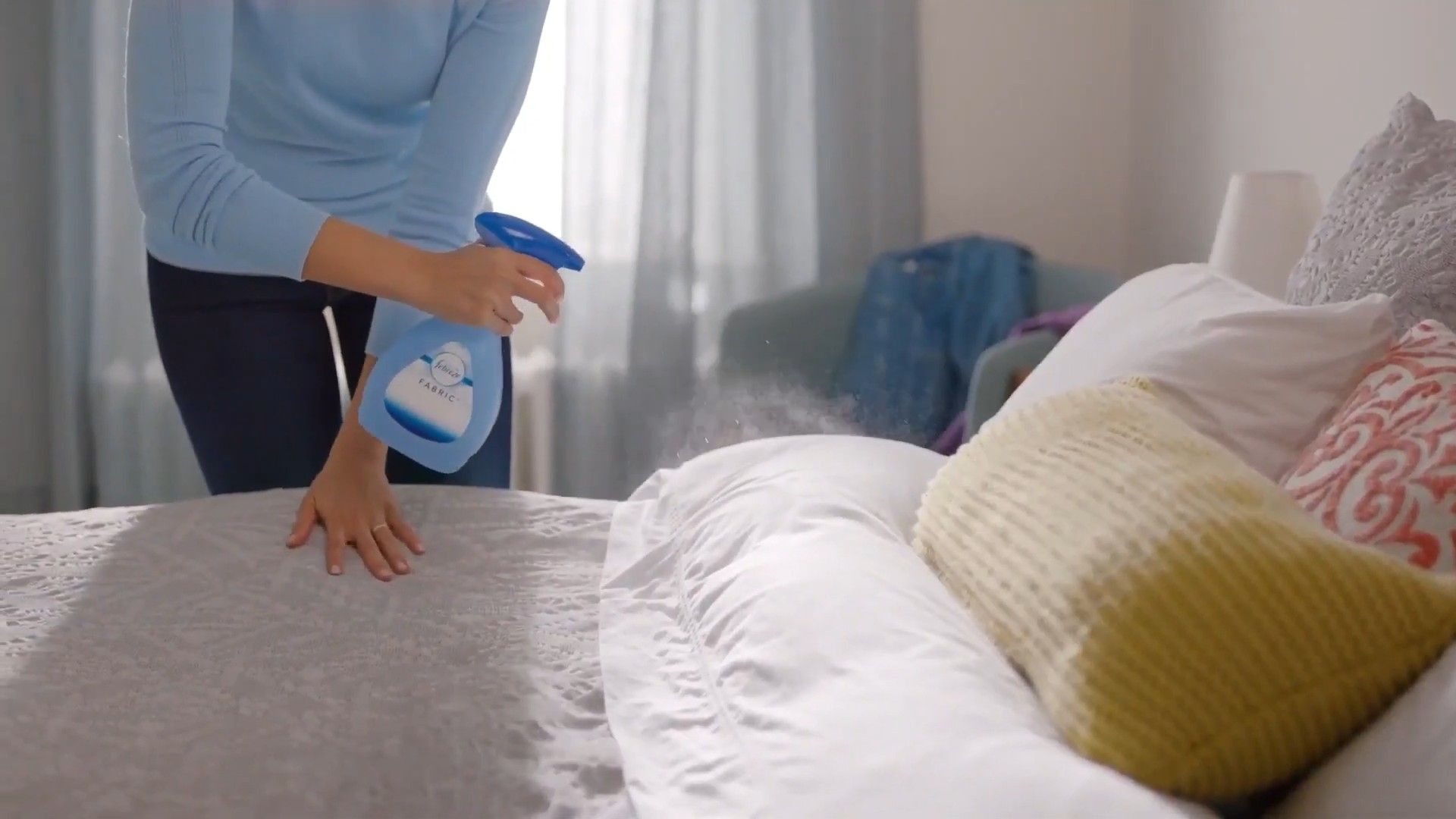
Conclusion
So, there you have it! Growing basil indoors easily is not only achievable, but it’s also incredibly rewarding. Imagine fresh, fragrant basil leaves at your fingertips, ready to elevate your culinary creations any time of year. No more sad, wilted supermarket basil or expensive trips to the grocery store just for a few sprigs. This simple DIY trick empowers you to become your own basil provider, regardless of the season or your outdoor space.
This isn’t just about convenience; it’s about flavor. Homegrown basil, nurtured with your own care, boasts a vibrancy and intensity that store-bought varieties often lack. The difference is truly remarkable, and once you’ve tasted it, you’ll understand why this method is a must-try for any home cook or herb enthusiast.
But don’t stop there! Experiment with different varieties of basil. Genovese is a classic for pesto, but consider trying Thai basil for Asian-inspired dishes, lemon basil for a citrusy twist, or purple basil for a beautiful and slightly different flavor profile. You can also play around with different containers. While a simple pot works perfectly, you could try a self-watering planter to minimize maintenance or even a hydroponic system for faster growth.
The key is to find what works best for you and your space.
We’ve provided you with the foundation, now it’s time to get your hands dirty (or not, if you’re using a hydroponic system!). Gather your supplies, follow the steps outlined, and prepare to be amazed at how easy it is to cultivate your own thriving basil plant indoors.
We are confident that you’ll find this DIY trick to be a game-changer in your kitchen. But the real magic happens when you share your experiences. Did you try a different variety of basil? Did you encounter any challenges along the way? What are your favorite ways to use your homegrown basil?
We encourage you to try this method for growing basil indoors easily and share your results with us in the comments below. Let’s build a community of indoor basil growers and learn from each other’s successes and challenges. Your insights could help someone else discover the joy of fresh, homegrown basil. So, go ahead, give it a try, and let us know how it goes! Happy growing!
Frequently Asked Questions (FAQ)
1. What kind of basil is best for growing indoors?
While Genovese basil is the most popular and readily available variety, many types of basil thrive indoors. Genovese is excellent for pesto and Italian dishes. Thai basil offers a slightly anise-like flavor that complements Asian cuisine. Lemon basil provides a refreshing citrusy note, perfect for salads and teas. Purple basil adds a beautiful visual element and a slightly different flavor profile. Experiment with different varieties to find your favorites! Consider the size of the plant as well. Some basil varieties can grow quite large, so choose one that will fit comfortably in your indoor space.
2. How much sunlight does indoor basil need?
Basil requires at least 6-8 hours of direct sunlight per day to thrive. If you don’t have a sunny windowsill, consider using a grow light. Position the grow light about 6-12 inches above the plant. LED grow lights are energy-efficient and provide the full spectrum of light that basil needs. Rotate your basil plant regularly to ensure even light exposure on all sides. This will prevent the plant from leaning towards the light source and becoming leggy.
3. What type of soil should I use for growing basil indoors?
Use a well-draining potting mix specifically formulated for herbs or vegetables. Avoid using garden soil, as it can be too heavy and compact, leading to poor drainage and root rot. A good potting mix will retain moisture while allowing excess water to drain away. You can also amend your potting mix with perlite or vermiculite to improve drainage and aeration.
4. How often should I water my indoor basil plant?
Water your basil plant when the top inch of soil feels dry to the touch. Avoid overwatering, as this can lead to root rot. Water thoroughly until water drains out of the bottom of the pot. Ensure that the pot has drainage holes to prevent water from accumulating. During the warmer months, you may need to water more frequently. Check the soil moisture regularly and adjust your watering schedule accordingly.
5. How do I fertilize my indoor basil plant?
Basil is a relatively light feeder, but it will benefit from regular fertilization. Use a balanced liquid fertilizer diluted to half strength every 2-4 weeks during the growing season (spring and summer). Avoid over-fertilizing, as this can lead to leggy growth and a decrease in flavor. You can also use a slow-release fertilizer at the time of planting.
6. How do I prune my indoor basil plant?
Pruning is essential for encouraging bushy growth and preventing your basil plant from flowering. Pinch off the top sets of leaves regularly, just above a leaf node (where leaves emerge from the stem). This will encourage the plant to produce more side shoots, resulting in a fuller, more productive plant. Remove any flowers that appear, as flowering will signal to the plant to stop producing leaves.
7. Why are the leaves on my basil plant turning yellow?
Yellowing leaves can be caused by several factors, including overwatering, underwatering, nutrient deficiencies, or pests. Check the soil moisture to ensure that you are not overwatering or underwatering. If the soil is consistently wet, allow it to dry out before watering again. If the soil is dry, water thoroughly. If you suspect a nutrient deficiency, fertilize your plant with a balanced liquid fertilizer. Inspect your plant for pests, such as aphids or spider mites, and treat accordingly.
8. How do I deal with pests on my indoor basil plant?
Common pests that can affect indoor basil plants include aphids, spider mites, and whiteflies. Inspect your plant regularly for signs of infestation. If you find pests, you can try washing them off with a strong stream of water. You can also use insecticidal soap or neem oil to control pests. Be sure to follow the instructions on the product label carefully.
9. Can I propagate basil from cuttings?
Yes, basil is very easy to propagate from cuttings. Take a 4-6 inch cutting from a healthy stem, just below a leaf node. Remove the lower leaves and place the cutting in a glass of water. Change the water every few days. Roots should begin to form within a week or two. Once the roots are about an inch long, you can plant the cutting in a pot with well-draining potting mix.
10. How long will my indoor basil plant last?
With proper care, your indoor basil plant can last for several months. However, basil is an annual herb, meaning that it will eventually complete its life cycle and die. To prolong the life of your plant, continue to prune it regularly, provide adequate light and water, and fertilize it as needed. You can also propagate new plants from cuttings to ensure a continuous supply of fresh basil.

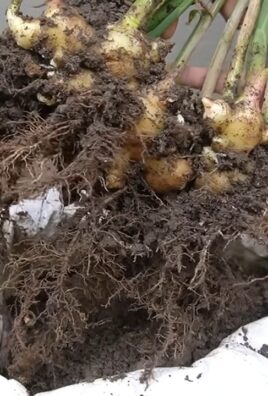
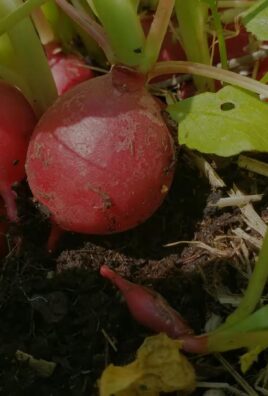
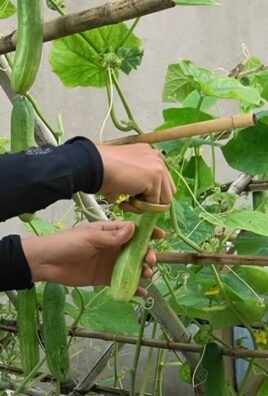
Leave a Comment